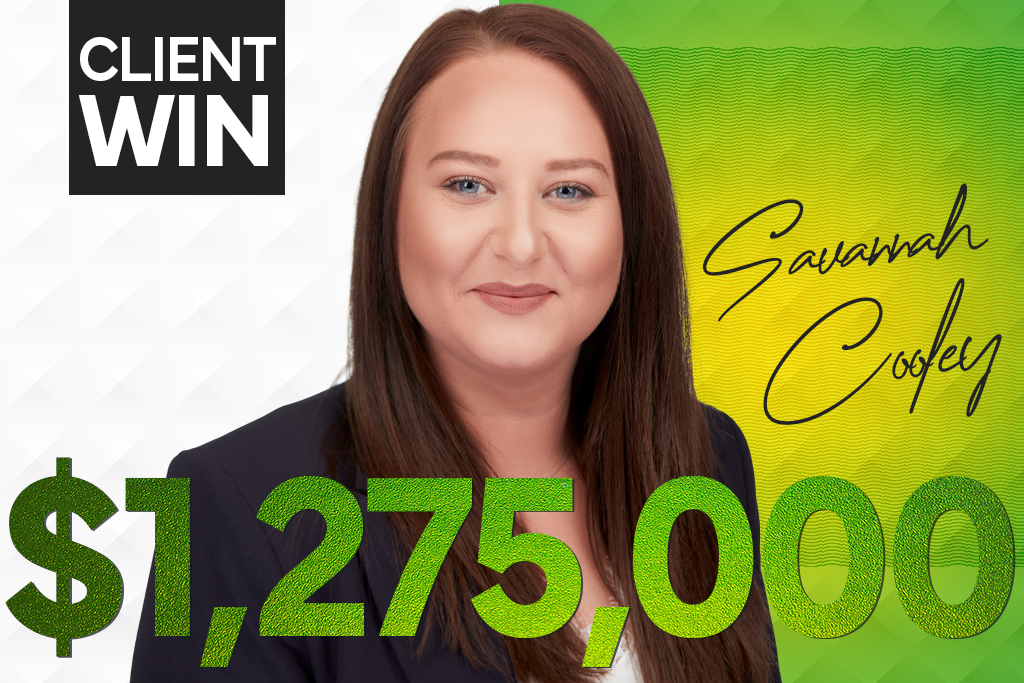The unparalleled joy a baby brings into the world is what makes all those sleepless nights and dirty diapers something parents wouldn’t trade the world for. In an unimaginable tragedy, at least 100 babies have died after their parents trusted that the Fisher-Price Rock ‘n Play Sleeper was a safe product. Since at least 2019, Fisher-Price has known the product was unsafe, and even issued a previous recall, so why does this product remain on the shelf?
We’ll outline the timeline for repeated recalls of this product and what the Consumer Product Safety Commission (CPSC) recommends for anyone who has purchased a Fisher Price Rock ‘n Play Sleeper. We also spoke with top Farah product liability attorneys to see what options are available for consumers or their loved ones hurt by a dangerous product.
First Recall Issued After Nearly Three Dozen Infants Die
In April 2019, Fisher-Price issued a recall after some 30 infants reportedly died in their signature Rock ’n Play Sleeper product line. This occurred mainly from infants being able to roll from their back to their stomach or side while unrestrained, says the CPSC.
Since that initial recall and over the next four more years, from 2019 to 2023, the Rock n Play Sleeper would see at least 70 more infant deaths. In January 2023, the Fisher-Price issued a new recall for the dangerous product. The recall is extensive, applying to 4.7 million Rock ‘n Play Sleepers sold across the U.S.
Sadly, this is not the first time we have reported on millions of unsafe Fisher-Price products being recalled. In 2010, 11 million Fisher-Price trikes and other toys were recalled when instances of choking and wheels coming off unexpectedly occurred. When corporate giants put profits over product safety, it’s time to get an advocate.
What To Do If You Have A Recalled Fisher-Price Sleeper
The CPSC is the government agency tasked with keeping American consumers safe. One of the chief ways for them to get the word out about a dangerous product is with recalls.
With this Fisher-Price recall of Rock ‘n Play Sleepers, anyone who has purchased the product should follow these actions to get a refund:
- Stop using the product immediately. The danger is so great that the CPSC recommends to immediately stop using any models in the Rock ‘n Play product line. It is even illegal to sell or distribute these recalled sleepers.
- Get a refund or voucher. Anyone who purchased this product is entitled to a refund or voucher to use on another product. For more information on this, affected consumers can visit Fisher-Price’s Rock ‘n Play recall or Mattel’s website and click on “Recall & Safety” or call toll-free at 866-812-6518.
You can also report an unsafe product directly to the CPSC to investigate.
Affected By A Dangerous Product? Let’s Review What Happened
Right now, 100 families who laid their babies down to sleep in a Fisher-Price rocker are living with the unimaginable grief of losing their child. Eddie Farah founded our firm to help victims, and we will always stand up for them. You can contact Farah and Farah 24 hours a day, 7 days a week, on weekends or holidays, and you’ll get to speak with real-life Farah and Farah representatives. We stand by victims every day, and we’ll always take your call. Even if we aren’t best suited to help in your unique situation, we’ll at least let you know where you stand.













